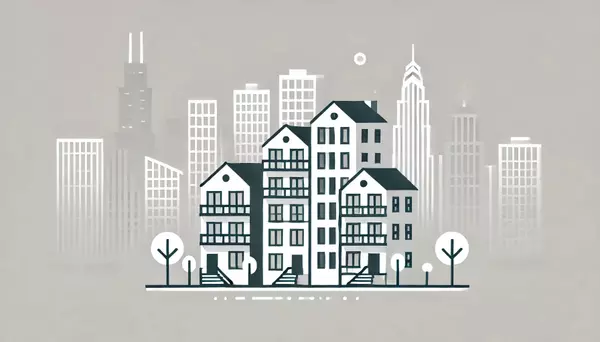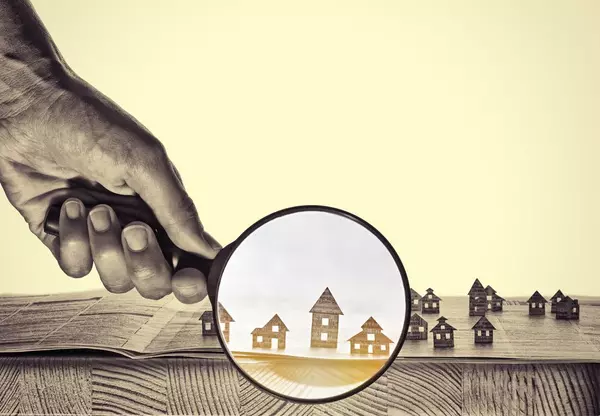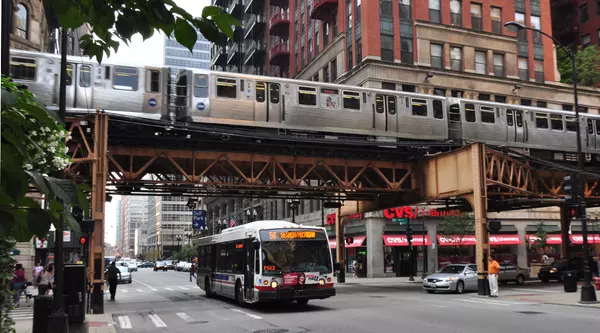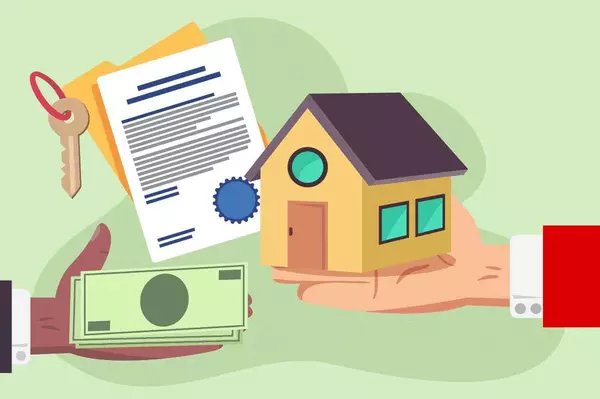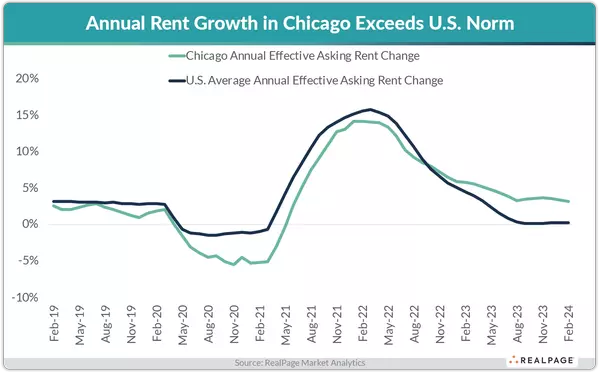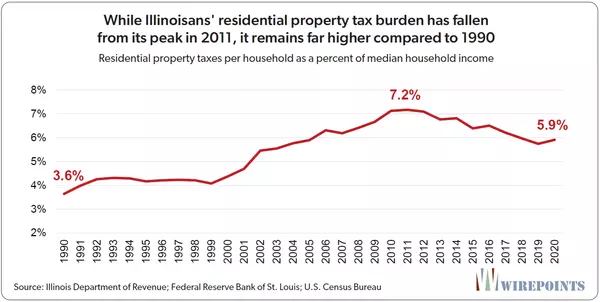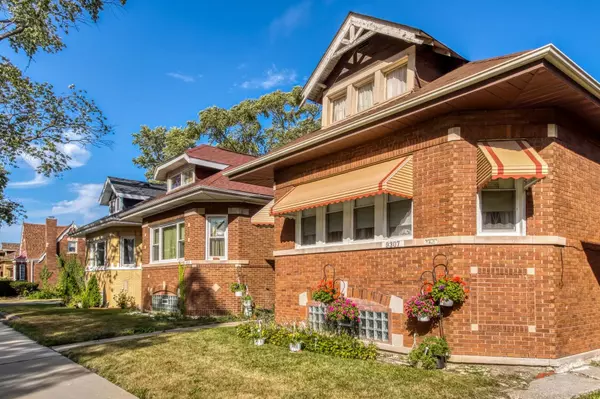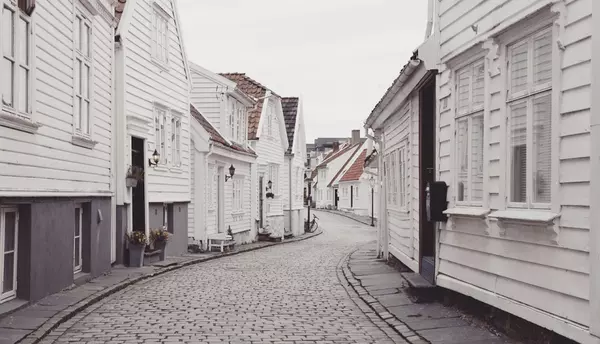Dealing with the Housing Shortage: Chicagoland Builders and Renovators to Watch
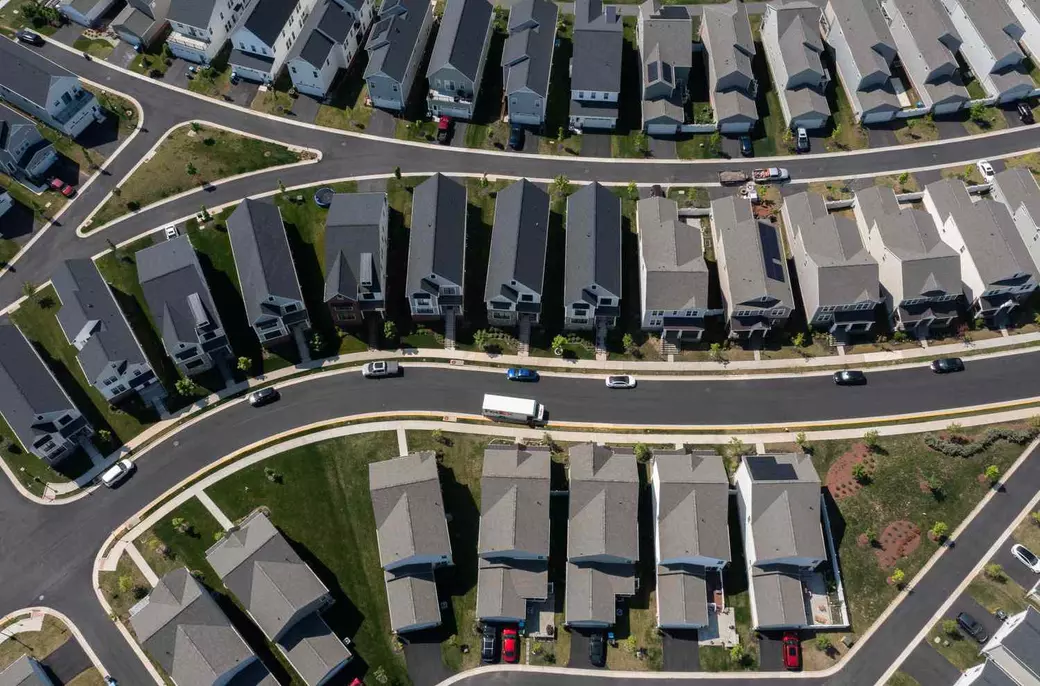
Chicagoland’s housing market faces a pressing challenge: a shortage of affordable and available homes to meet the growing demand. With a mix of rising home prices, limited inventory, and increasing population, the region’s housing crisis has sparked local efforts to expand development and rehabilitate existing properties. Having lived and worked in Chicago and its suburbs for most of my life, I’ve seen how builders and renovators play a crucial role in addressing these challenges.
Here’s a closer look at the innovators tackling Chicagoland’s housing shortage and the opportunities for development that lie ahead.
Understanding the Housing Shortage
The housing shortage in Chicagoland is driven by several factors:
- Aging Housing Stock: Many homes in the area were built decades ago and require significant updates or renovations to meet modern standards.
- Demand Outpacing Supply: Increased demand from buyers, coupled with slow construction of new homes, has created a supply gap.
- Zoning and Regulatory Hurdles: Strict zoning laws and lengthy permitting processes often delay or limit new developments, particularly in the city.
- Economic Pressures: Rising construction costs, labor shortages, and interest rate hikes have made it more challenging for builders to create affordable housing.
Despite these obstacles, a number of local builders and renovators are making strides in expanding the region’s housing stock and creating opportunities for both buyers and investors.
Builders and Renovators to Watch
1. Related Midwest
A prominent name in Chicago’s real estate development scene, Related Midwest is leading efforts to create mixed-income communities and affordable housing options. Their high-profile projects, such as the Roosevelt Square redevelopment, are examples of large-scale initiatives aimed at revitalizing neighborhoods while addressing the housing shortage.
- Key Focus: Mixed-income developments, affordable housing.
- Notable Projects: Roosevelt Square (Near West Side), The 78 (a new riverfront neighborhood).
2. Norcon
Known for their adaptive reuse projects, Norcon specializes in transforming older buildings into modern residential spaces. By focusing on sustainable renovation practices, they’re helping to preserve Chicago’s architectural character while addressing the need for updated housing.
- Key Focus: Adaptive reuse, sustainable renovations.
- Notable Projects: Warehouse-to-loft conversions in the West Loop.
3. Habitat for Humanity Chicago
While often associated with smaller-scale projects, Habitat for Humanity Chicago’s efforts to build affordable homes for low-income families have a significant impact. Their work not only addresses the housing shortage but also fosters community stability.
- Key Focus: Affordable homeownership, community building.
- Notable Projects: Affordable single-family homes in West Pullman and Greater Grand Crossing.
4. Tandem Construction
This local builder emphasizes smaller-scale, community-focused projects in both city neighborhoods and suburbs. Their recent developments include multi-family units and townhomes designed to appeal to first-time buyers and young families.
- Key Focus: Multi-family developments, community-centric design.
- Notable Projects: Townhome developments in Logan Square and Avondale.
5. Oak Brothers Restoration
Specializing in restoring architectural wood elements such as windows, doors, and staircases, Oak Brothers Restoration brings older properties back to life while maintaining their historic integrity. Their craftsmanship is particularly valued in neighborhoods with vintage homes.
-
Key Focus: Historic wood restoration, architectural preservation.
-
Notable Projects: Restored homes in Beverly, Oak Park, and Evanston.
Opportunities for Development
-
Vacant Lots in the City: Chicago has thousands of vacant lots, many of which are city-owned. Programs like the City Lots for Working Families initiative aim to make these parcels available for affordable housing development.
-
Suburban Infill Projects: In established suburbs, infill developments—building on unused or underutilized parcels of land—offer opportunities for both builders and investors to meet demand for housing without sprawling outward.
-
Transit-Oriented Developments (TODs): Areas near public transit hubs continue to attract investment. Developers are creating denser housing near train and bus lines to cater to commuters and eco-conscious buyers.
-
Rehabilitation of Distressed Properties: Investors and renovators who specialize in rehabbing older or foreclosed homes can provide much-needed inventory in areas where new construction is limited.
-
Mixed-Use Developments: Combining residential units with retail and office space is an increasingly popular approach to create vibrant, walkable communities in both urban and suburban settings.
My Perspective on the Housing Shortage
Having lived in various Chicago neighborhoods and suburban communities, I’ve seen how housing trends evolve over time. From the post-recession downturn to today’s high-demand market, one constant is the need for innovative solutions to provide quality housing. Builders and renovators have a unique opportunity to address this need by balancing affordability, sustainability, and thoughtful design.
In my years of real estate experience, I’ve also witnessed how collaborative efforts—between developers, local governments, and community organizations—can make a significant impact. The challenges are real, but so are the opportunities to create housing that meets the needs of diverse populations across Chicagoland.
Final Thoughts
Addressing Chicagoland’s housing shortage requires creativity, commitment, and collaboration. Builders and renovators like Related Midwest, Norcon, and Habitat for Humanity Chicago are leading the charge, while opportunities in vacant lots, suburban infill, and transit-oriented developments provide a path forward.
For those considering entering the market as buyers, investors, or developers, understanding the local landscape is key to success. With the right strategy, it’s possible to contribute to solving the housing crisis while benefiting from the growing demand for quality homes in the Chicagoland area.
Vic Melecio - LPT Realty
Categories
Recent Posts

